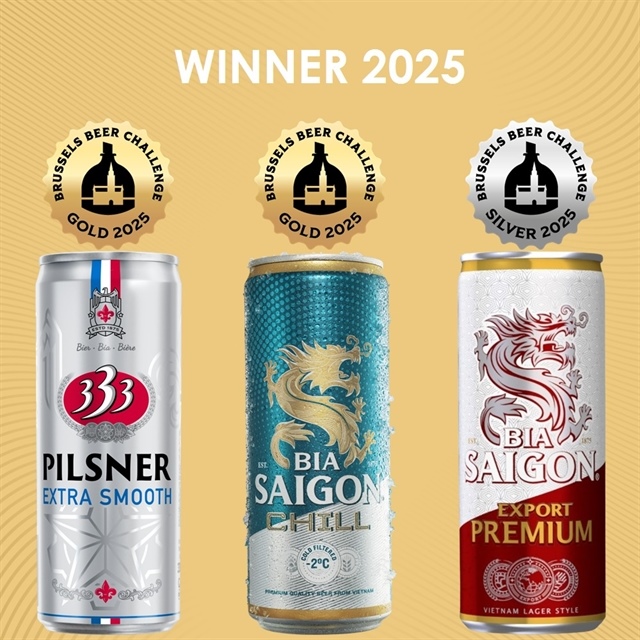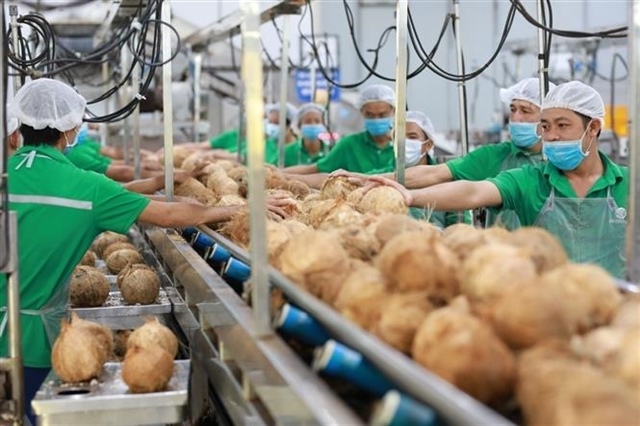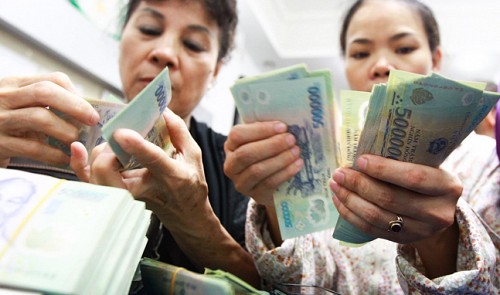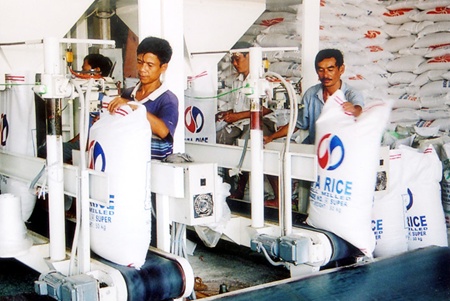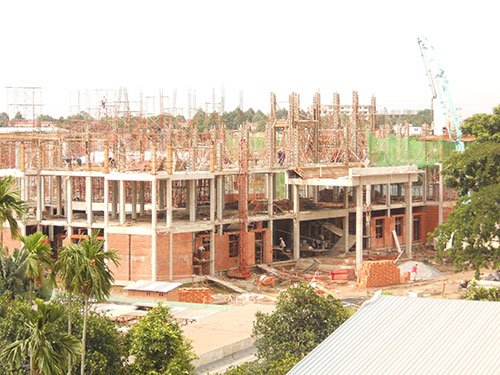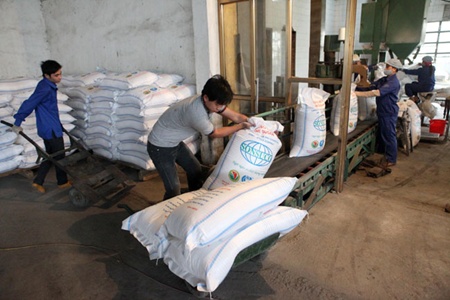Stagnant markets
Stagnant markets
Local producers have been forced to bring steel prices down with the domestic market remaining stagnant and Chinese steel selling at much lower prices.
Nguyen Tien Nghi, Deputy Chairman of the Viet Nam Steel Association, said the local steel market has been stagnant since last year, impacted by the real estate market situation and the slowdown of construction projects across the country.
Steel prices reached their peak at VND20 million ($945.6) per tonne three years ago before going down to VND17 to VND18 million per tonne last year and VND14 to VND14.5 million ($685.5 million) per tonne in August 2013.
The lower prices, however, have not boosted sales. Steel consumption in the local market this year is estimated at 300,000 tonnes per month compared to 400,000 tonnes per month in 2012.
As a result, inventories have risen to nearly 350,000 tonnes of steel and 450,000 tonnes of steel billet.
Local businesses say they are facing unfair competition from Chinese products that are selling at VND1 million ($47.6) per tonne lower than domestically produced steel.
Many local firms have had to cut production by 50 per cent while others are facing closure.
To make things worse, the recent electricity price hike has forced them to push their prices further up, making their products even less competitive.
In the first seven months of 2013, Viet Nam imported over 1.2 million tonnes of steel alloy, which contains boron and enjoys 0 per cent preferential tax (compared with 5 per cent tax for other kinds of steel).
According to the VSA, boron accounts for just 0.0008 per cent of the steel alloy, which is allowed to be used in construction projects.
Traders believe that steel alloy imported from China has a 10 to 14 per cent market share. In addition to zero per cent tax in Viet Nam, Chinese firms enjoy tax refunds of nine per cent on their exports of this steel product.
vietnamnews



